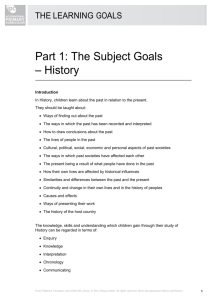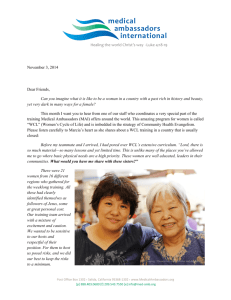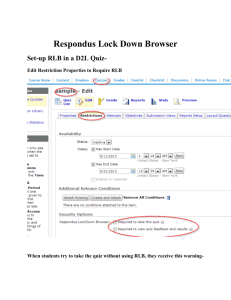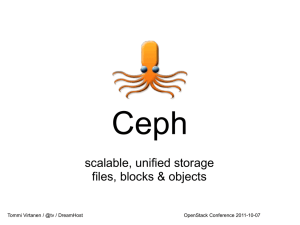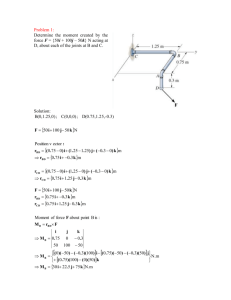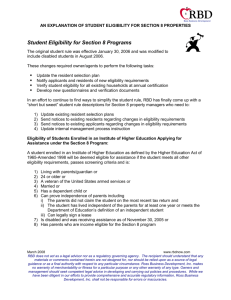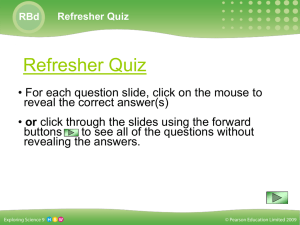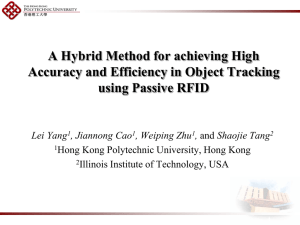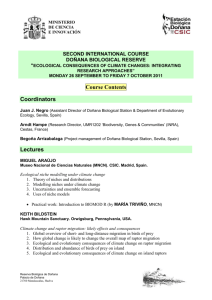Ras activation assay protocol
advertisement
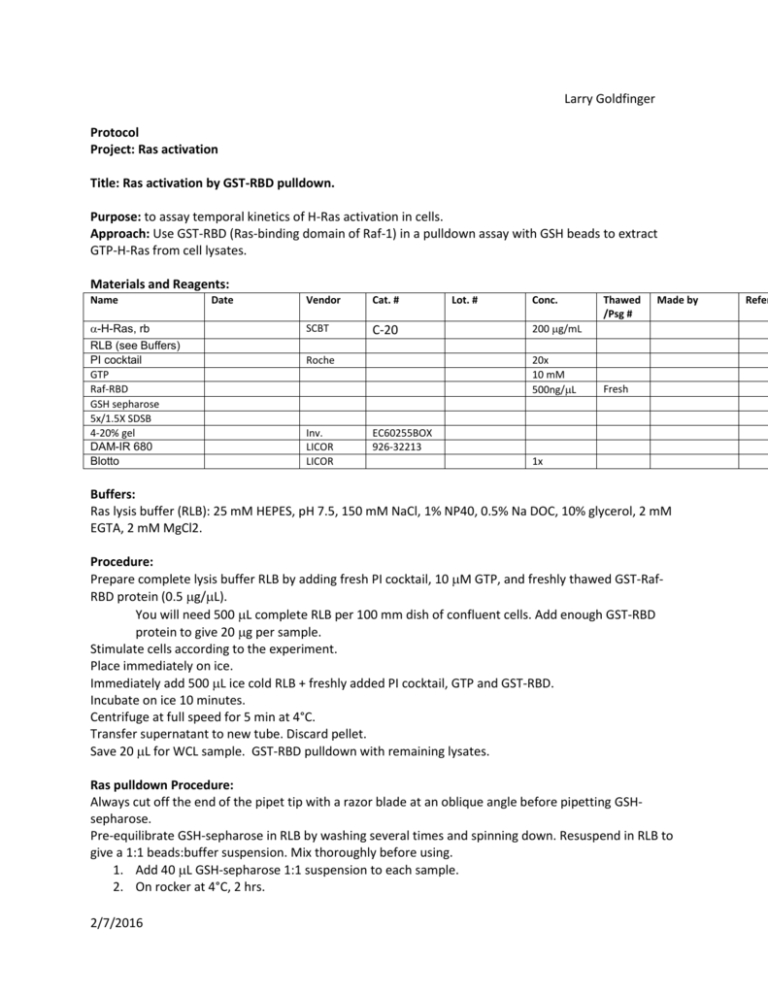
Larry Goldfinger Protocol Project: Ras activation Title: Ras activation by GST-RBD pulldown. Purpose: to assay temporal kinetics of H-Ras activation in cells. Approach: Use GST-RBD (Ras-binding domain of Raf-1) in a pulldown assay with GSH beads to extract GTP-H-Ras from cell lysates. Materials and Reagents: Name -H-Ras, rb RLB (see Buffers) PI cocktail GTP Raf-RBD GSH sepharose 5x/1.5X SDSB 4-20% gel DAM-IR 680 Blotto Date Vendor Cat. # SCBT C-20 Roche Inv. LICOR LICOR Lot. # Conc. Thawed /Psg # Made by 200 g/mL 20x 10 mM 500ng/L Fresh EC60255BOX 926-32213 1x Buffers: Ras lysis buffer (RLB): 25 mM HEPES, pH 7.5, 150 mM NaCl, 1% NP40, 0.5% Na DOC, 10% glycerol, 2 mM EGTA, 2 mM MgCl2. Procedure: Prepare complete lysis buffer RLB by adding fresh PI cocktail, 10 M GTP, and freshly thawed GST-RafRBD protein (0.5 g/L). You will need 500 L complete RLB per 100 mm dish of confluent cells. Add enough GST-RBD protein to give 20 g per sample. Stimulate cells according to the experiment. Place immediately on ice. Immediately add 500 L ice cold RLB + freshly added PI cocktail, GTP and GST-RBD. Incubate on ice 10 minutes. Centrifuge at full speed for 5 min at 4°C. Transfer supernatant to new tube. Discard pellet. Save 20 L for WCL sample. GST-RBD pulldown with remaining lysates. Ras pulldown Procedure: Always cut off the end of the pipet tip with a razor blade at an oblique angle before pipetting GSHsepharose. Pre-equilibrate GSH-sepharose in RLB by washing several times and spinning down. Resuspend in RLB to give a 1:1 beads:buffer suspension. Mix thoroughly before using. 1. Add 40 L GSH-sepharose 1:1 suspension to each sample. 2. On rocker at 4°C, 2 hrs. 2/7/2016 Refer 3. 4. 5. 6. # 1 2 3 4 5 6 7 8 9 10 11 12 13 14 Wash all bead fractions with 400 L RLB + 10 M GTP, WITHOUT GST-RBD, five times. Aspirate last wash. Resuspend beads in 50 L 1.5x SDS-PAGE buffer + DTT. Boil samples and SDS-PAGE WCL and pulldown samples, like the example below. Gel 1 Sample MWM WCL 1 WCL 2 WCL 3 WCL 4 WCL 5 WCL 6 WCL 7 WCL 8 WCL 9 WCL 10 WCL 11 MWM MWM Amount 1 15 L 15 L 15 L 15 L 15 L 15 L 15 L 15 L 15 L 15 L 15 L 1 1 Gel 2 # 1 2 3 4 5 6 7 8 9 10 11 12 13 14 Sample MWM RBD 1 RBD 2 RBD 3 RBD 4 RBD 5 RBD 6 RBD 7 RBD 8 RBD 9 RBD 10 RBD 11 MWM MWM Amount 1 15 L 15 L 15 L 15 L 15 L 15 L 15 L 15 L 15 L 15 L 15 L 1 1 Blot: 1° Ab: rb anti-HRas 1:1000 each, 2 hrs. 2° Ab: DAR800 1:10000 each, 1 hr. Expected Results: HRas = 21 kDa but usually runs closer to 18 kDa. H-Ras should be present in Raf-RBD pulldowns from the stimulated cells – presence of H-Ras in these samples indicates GTP-Ras (i.e., activated Ras). Results: Conclusions: Future directions, experiments, problems: 2/7/2016
